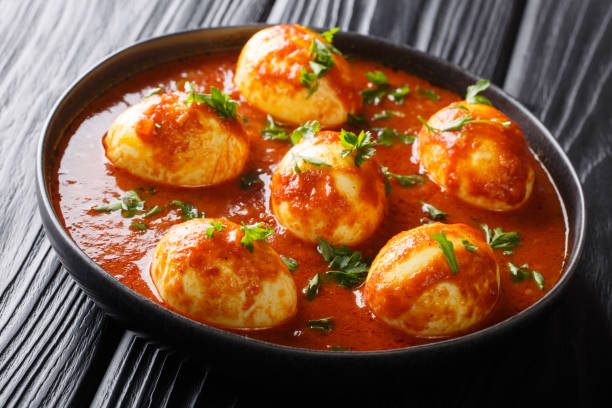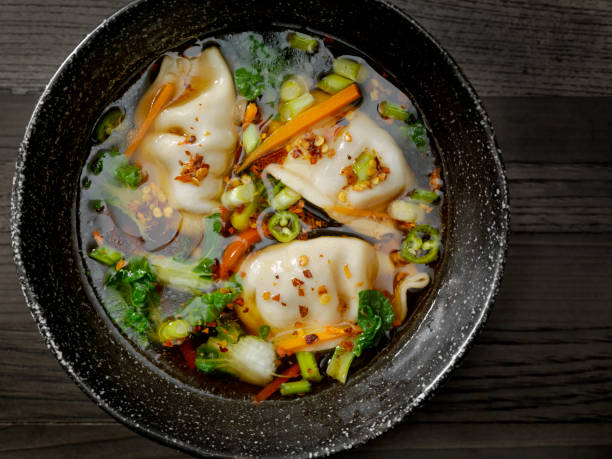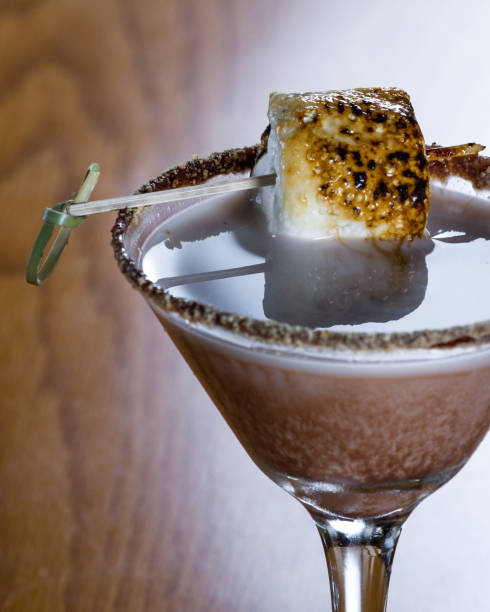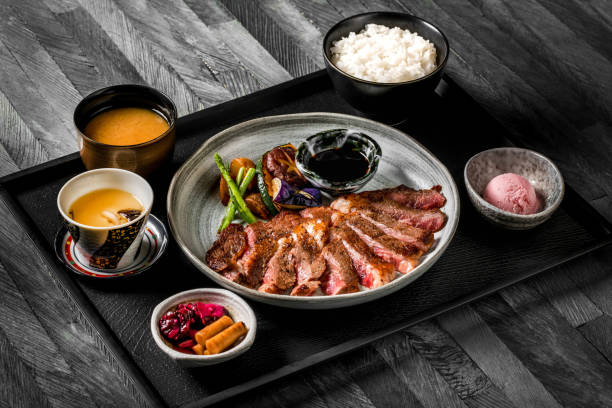Curried eggs, a delightful dish that combines the richness of eggs with the aromatic flavors of curry spices, have become a favorite for many food enthusiasts. This article takes you on a culinary adventure, exploring the art of crafting the perfect curried eggs and delving into the history and cultural significance of this delectable dish.
Ingredients
To embark on this flavorful journey, gather the following ingredients:
- Eggs
- Curry powder
- Onion
- Garlic
- Tomatoes
- Ginger
- Coconut milk
- Cilantro
- Salt and pepper
Preparation
Creating the perfect curried eggs requires meticulous preparation. Follow these steps for a mouthwatering outcome:
- Boiling the Eggs: Start by boiling the eggs until they’re hard-cooked. Peel and set aside.
- Sauteing Aromatics: In a pan, sauté finely chopped onion, garlic, and ginger until golden brown.
- Adding Curry Flavors: Introduce curry powder to the sautéed aromatics, allowing the spices to release their flavors.
- Incorporating Tomatoes: Add diced tomatoes to the mixture and let them simmer until soft.
- Creating the Curry Base: Pour in coconut milk, stirring well to create a creamy curry base.
- Adding Eggs: Gently place the hard-boiled eggs into the curry, allowing them to absorb the flavors.
- Simmering to Perfection: Let the curry simmer until it reaches the desired consistency.
- Garnishing: Finish by garnishing with fresh cilantro, salt, and pepper.
Tips for Perfect Curried Eggs
Achieving the pinnacle of curried egg perfection involves some expert tips:
- Use freshly ground spices for enhanced flavor.
- Experiment with the curry-to-coconut milk ratio for your preferred consistency.
- Allow the eggs to marinate in the curry for a richer taste.
Health Benefits
Beyond its delicious taste, curried eggs boast several health benefits:
- Rich in protein and essential nutrients from eggs.
- Anti-inflammatory properties of curry spices.
- Good fats from coconut milk contribute to heart health.
Serving Suggestions
Explore creative ways to present your curried eggs:
- Serve over rice for a hearty meal.
- Use as a flavorful topping for toast or flatbreads.
- Incorporate into salads for a unique twist.
Variations
Give your curried eggs a unique spin with these variations:
- Spicy Kick: Add chili powder for a fiery flavor.
- Vegetarian Delight: Substitute eggs with tofu for a meat-free alternative.
- Coconut-Free: Create a lighter version by omitting coconut milk.
History of Curried Eggs
The roots of curried eggs can be traced back to colonial times when the fusion of Indian spices with local ingredients led to the birth of this enticing dish. Over the years, it has evolved into a cherished recipe with global appeal.
Cultural Significance
Curried eggs have found a place in the culinary traditions of various cultures, adapting to local preferences and becoming a symbol of culinary diversity.
Common Mistakes to Avoid
Steer clear of these common mistakes when preparing curried eggs:
- Overcooking the eggs results in a rubbery texture.
- Neglecting the balance of curry spices and coconut milk.
- Failing to let the curry simmer to absorb flavors adequately.
Frequently Asked Questions (FAQs)
- Can I use curry paste instead of curry powder?
While curry paste can be used, adjust the quantity to avoid overpowering the dish.
How long should I let the curry simmer?
Aim for at least 15-20 minutes to allow the flavors to meld.
Can I make curried eggs ahead of time?
Yes, curried eggs can be prepared in advance and reheated for convenience.
What other proteins can be used instead of eggs?
Tofu, chicken, or shrimp can be excellent alternatives.
Can I freeze leftover curried eggs?
Freezing is possible, but the texture may change slightly upon thawing.
Personal Experience
I vividly recall the first time I prepared curried eggs—a culinary experiment that resulted in a burst of flavors. The aroma of the spices filling the kitchen and the creamy texture of the eggs immersed in curry left a lasting impression on my taste buds.
Conclusion
In conclusion, curried eggs offer a delightful fusion of flavors and a rich history that transcends cultural boundaries. Whether you’re a seasoned chef or a novice in the kitchen, this recipe invites you to savor a culinary adventure that combines simplicity with sophistication.




